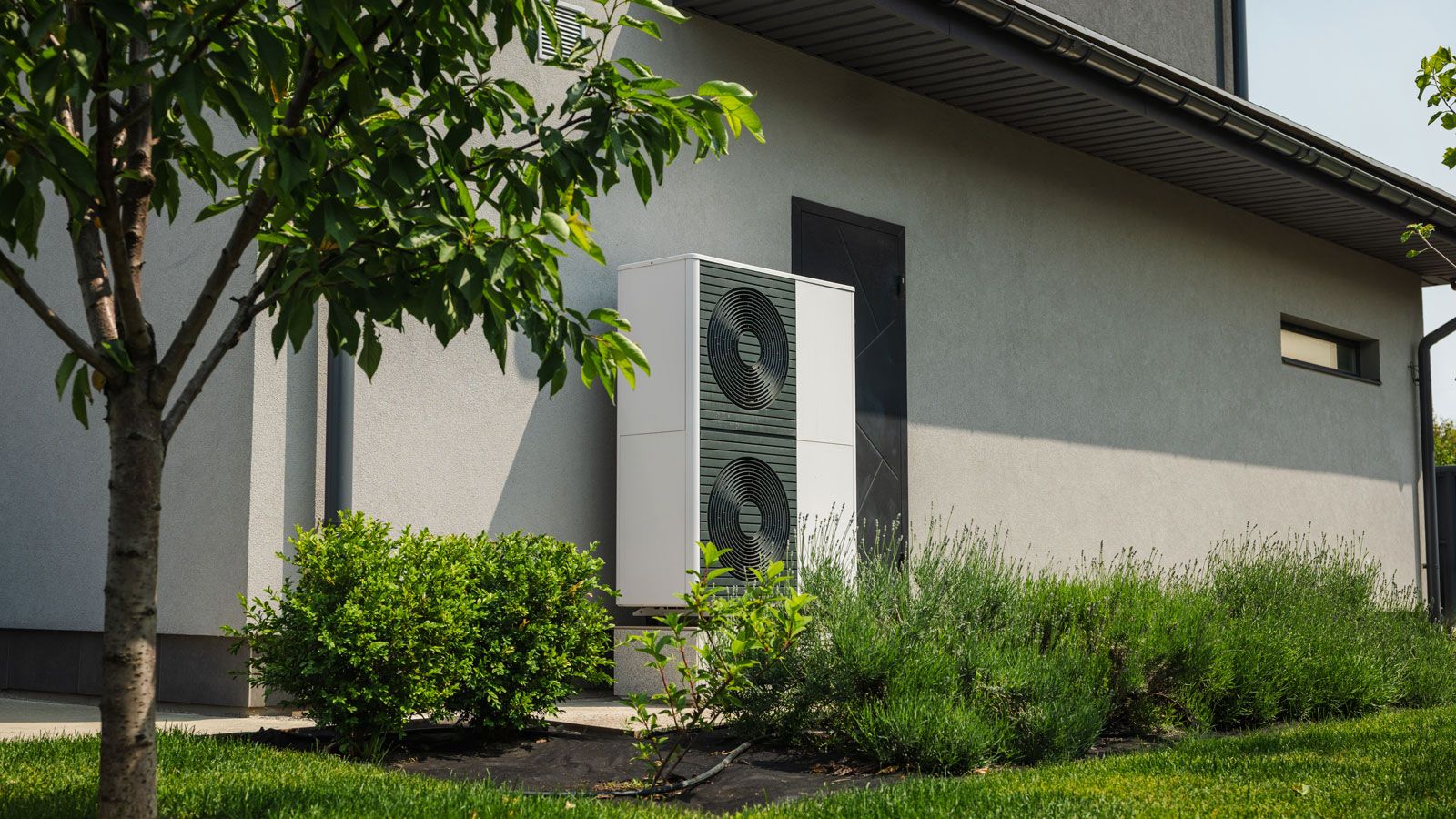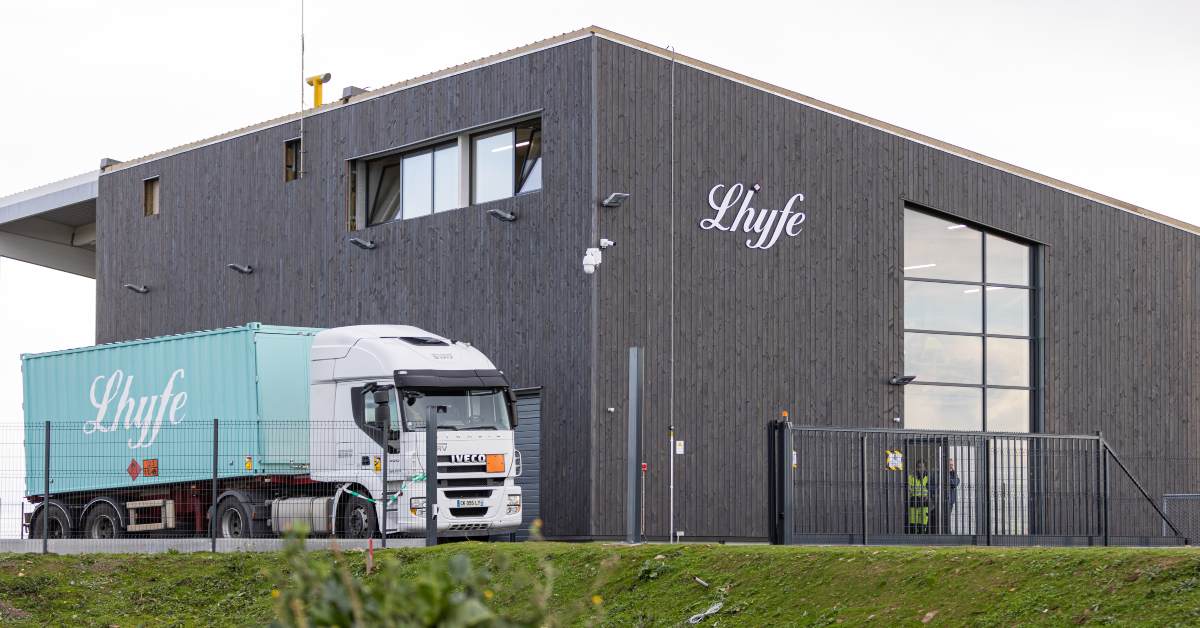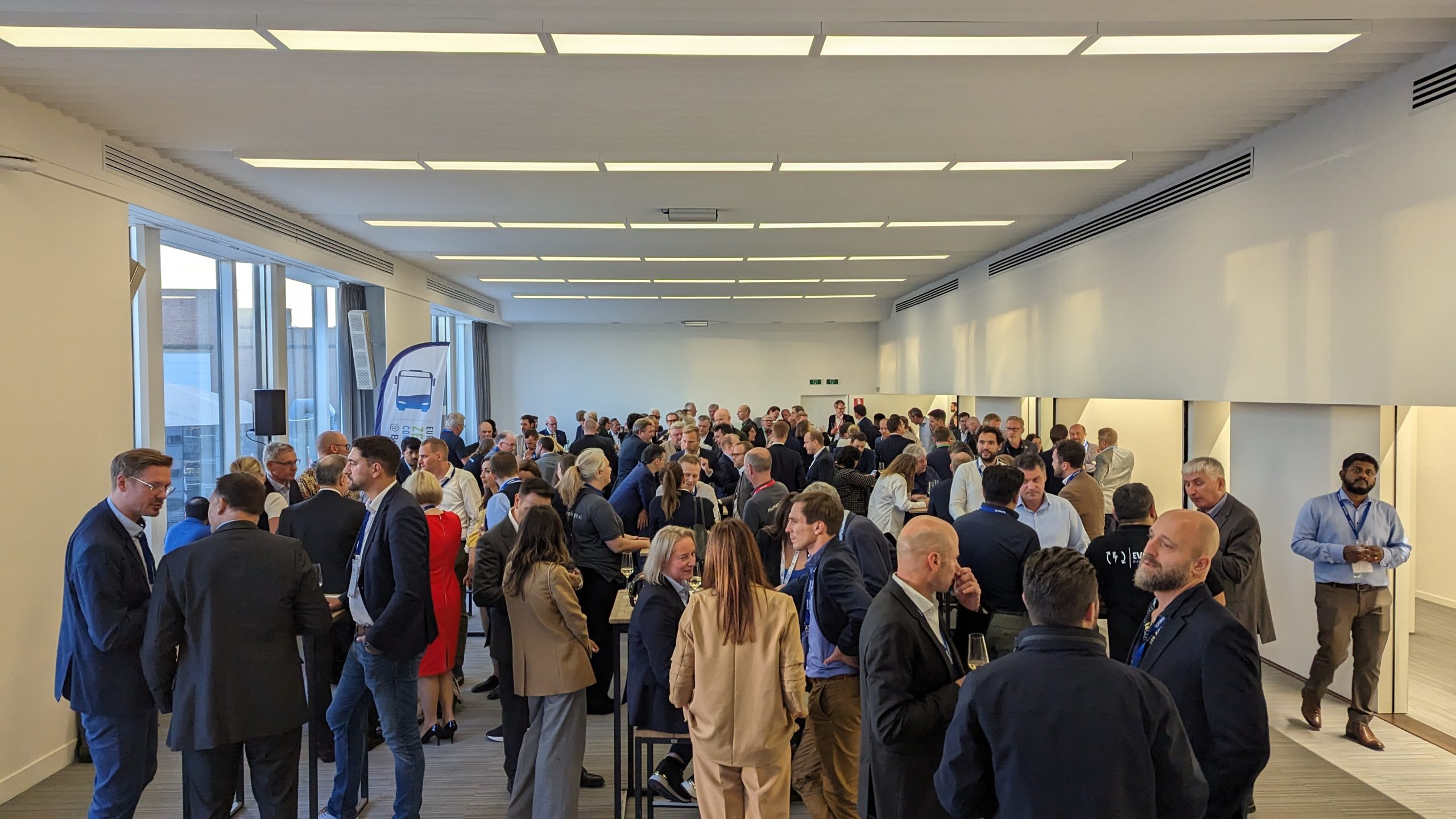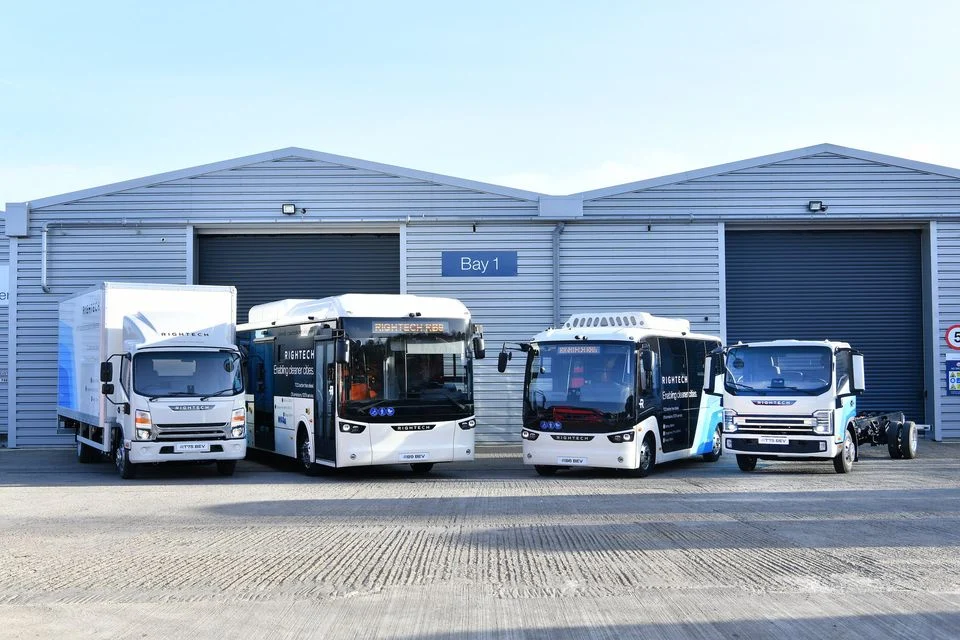#decarbonisation
#decarbonisation
[ follow ]
fromComputerWeekly.com
4 days agoIT Sustainability Think Tank: Progess in decarbonisation made in 2025, but gaps remain | Computer Weekly
More businesses understand the environmental impact of new technologies and there is a more concerted effort to convene capabilities to mitigate environmental consequences and improve the resilience of energy supply chains. Artificial Intelligence (AI) is still the centre of the conversation, but the question remains as to how we can maximise the benefits of AI while mitigating the environmental consequences of increased dependence on the technology. This is where enabling deep tech companies to scale will be key.
Artificial intelligence
Science
fromSustainable Bus
2 weeks agoInside Cummins' multi-energy strategy for the bus market: from LFP batteries to Euro VII, gas and hydrogen engines - Sustainable Bus
Cummins advances parallel decarbonisation pathways by developing LFP battery packs and continuing investment in advanced combustion, hydrogen, and natural gas technologies.
Environment
fromBusiness Matters
1 month agoSix million small firms urge COP leaders to unlock finance and incentives for green growth
Urgent coordinated government policies and support are required to include SMEs in green finance, procurement, and national strategies to prevent stalling the net-zero transition.
fromLondon Business News | Londonlovesbusiness.com
1 month agoWhy grid-interactive buildings will define the future of real estate - London Business News | Londonlovesbusiness.com
Grid-interactive buildings represent the next evolution in sustainable real estate. These buildings communicate dynamically with the electricity grid, adjusting energy consumption and generation to optimise efficiency, cost, and environmental impact. How grid-interactive buildings operate Using advanced sensors, building management systems, and AI-driven controls, grid-interactive buildings monitor both internal energy demand and grid conditions. They can shift consumption to off-peak periods, store excess renewable energy in batteries, or feed energy back to the grid when appropriate.
Real estate
Business
fromSustainable Bus
1 month agoPrivate equity firm TPG to acquire 70% stake in Australasian largest public transport operator Kinetic - Sustainable Bus
TPG will acquire 70% of Kinetic, becoming majority shareholder to accelerate its net-zero transition across bus and rail operations in Australasia and international markets.
fromwww.theguardian.com
1 month agoUK unveils carbon budget delivery plan' to get back on track for net zero targets
This Labour government is all in on action to tackle the climate crisis because it is the way to secure better lives for people in Britain today and protect future generations tomorrow. This plan sets out the ambitious actions we have taken in our first 15 months unleashing investment, creating jobs, rebuilding our energy security. Meanwhile, our political opponents have embarked down an anti-jobs, anti-science path that would spell disaster for our economy, our security and our planet.
UK news
Environment
fromComputerWeekly.com
2 months agoGovernment urged to scrutinise datacentre developers' environmental claims | Computer Weekly
Planned datacentre construction could significantly raise UK electricity demand and carbon emissions, potentially negating emissions savings from electric vehicle adoption.
Cars
fromSustainable Bus
2 months agoIrizar unveils new generation ie bus and i3 Normal Floor electric at Busworld Europe 2025 - Sustainable Bus
Irizar unveiled two new fully electric buses from the Efficient range, promoting multi-technology decarbonisation and claiming up to 150,000 tons annual CO2 savings.
Environment
fromLondon Business News | Londonlovesbusiness.com
5 months agoThe engineer-turned-entrepreneur turning academic research into industrial decarbonisation - London Business News | Londonlovesbusiness.com
Decarbonisation in manufacturing and energy is slow; organizations need more efficient pathways to reduce emissions.
fromwww.independent.co.uk
6 months agoRolls-Royce to build UK's first small nuclear reactors after government backing
Britain's decision to utilize Rolls-Royce SMR for its first small modular nuclear reactors represents a transformative step towards achieving a decarbonised power network by the mid-2030s.
UK news
fromLondon Business News | Londonlovesbusiness.com
6 months agoSurging excess capacity threatens steel market stability, employment and decarbonisation plans - London Business News | Londonlovesbusiness.com
The findings of the OECD Steel Outlook 2025 show there is an urgent need to address growing excess capacity, and the distortionary policies driving it, to ensure well-functioning global steel markets.
Europe politics
fromSilicon Canals
6 months agoUK's Converge raises 20M from Amsterdam's Move Energy, ABN AMRO, others to clean up concrete's carbon footprint - Silicon Canals
At Converge, we aim to decarbonise the construction sector by using AI to optimise concrete production, helping the industry build a net-zero future.
London startup
[ Load more ]







